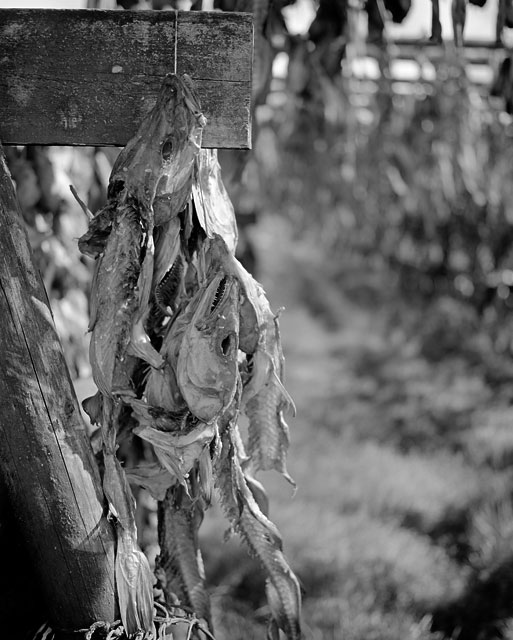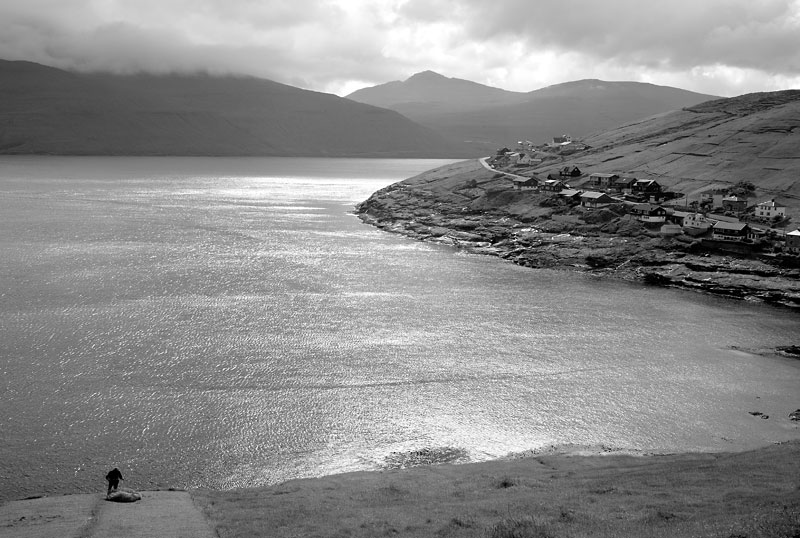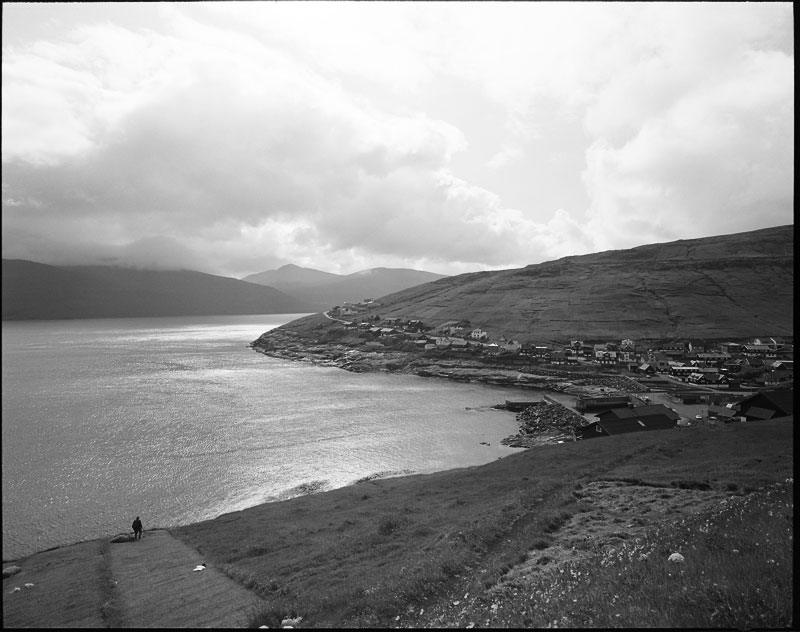infocusf8@earthlink.
Established
Why don't you rent or borrow an M8 and see for yourself, it is the only way you'll really be assured. I can tell you that I recently asked a local master printer to print a 16X 20 from a RAW M8 file and he politely informed mr that he was an artist and didn't deal with digital files. When I pressed him to at least look at the file he went on about his Mamiya 7 and the quality of prints from it. When he looked at my file there was a long pause then he muttered "I guess I can get rid of my Mamiya now." He printed the file and came away with a new appreciation of digital capture.





